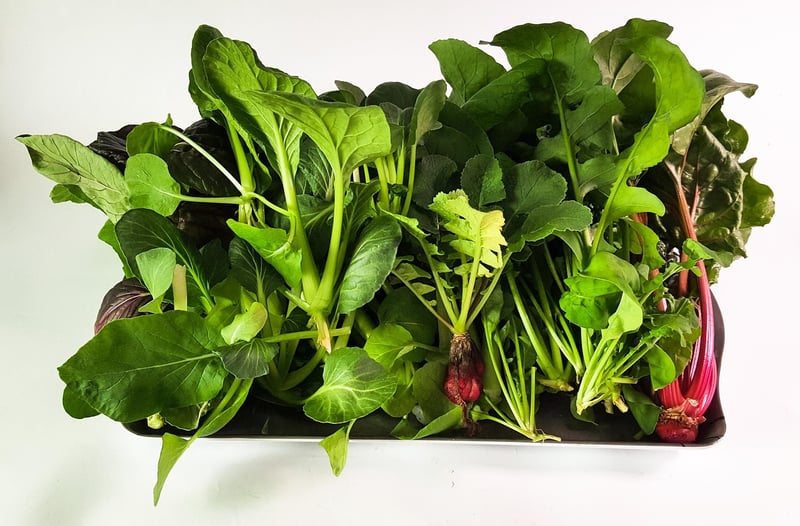Vertical Hydroponics
The Future of Farming: Vertical Hydroponics Revolutionizing Urban Agriculture

Urban agriculture is undergoing a remarkable transformation with the advent of vertical hydroponics, a cutting-edge farming technique that is revolutionizing food production in cities. By combining innovation and sustainability, vertical hydroponics is paving the way for a greener and more efficient future.
The Basics of Vertical Hydroponics
Vertical hydroponics is a method of growing plants without soil, using nutrient-rich water solutions in a vertically stacked system. This approach maximizes space utilization, making it ideal for urban environments where land is limited.
Benefits of Vertical Hydroponics
- Increased crop yield compared to traditional farming methods
- Significantly reduced water usage
- Year-round production with controlled environments
- Minimized use of pesticides and herbicides
- Enhanced food security in urban areas
Environmental Impact
Vertical hydroponics offers a sustainable solution to food production by minimizing water waste and reducing carbon footprint associated with transportation. By growing food locally, this method helps lower greenhouse gas emissions and promotes a more eco-friendly way of farming.
Future Prospects
As urban populations continue to grow, innovative farming techniques like vertical hydroponics will play a crucial role in ensuring food security and sustainability. By integrating technology and agriculture, we can create a more resilient and efficient food system for the future.
Experience the future of farming with vertical hydroponics and join the movement towards a greener, more sustainable urban environment!
For more information on vertical hydroponics, visit Vertical Farming Network.
